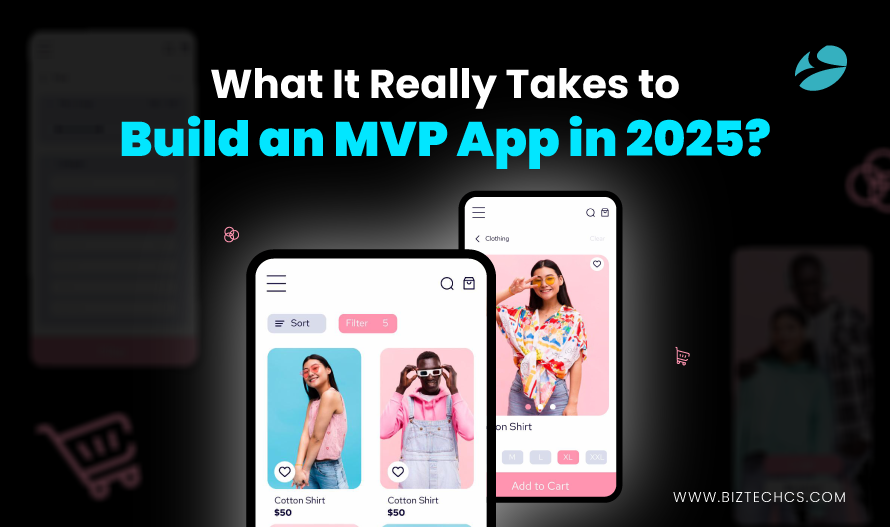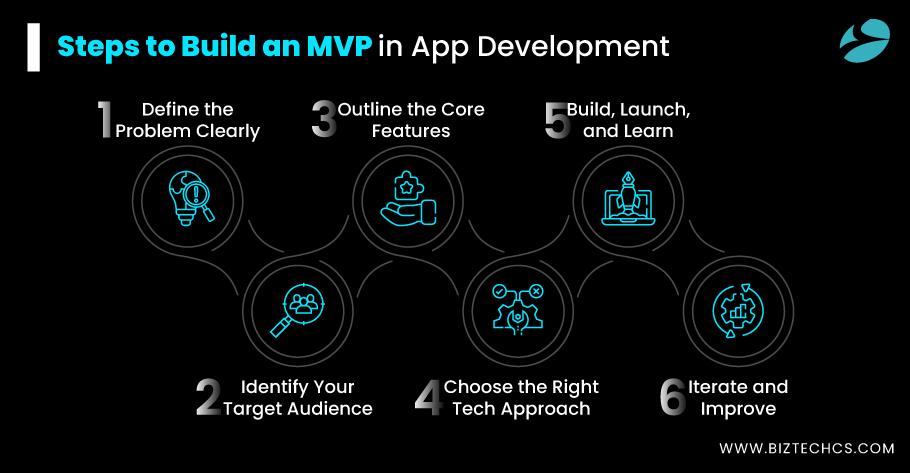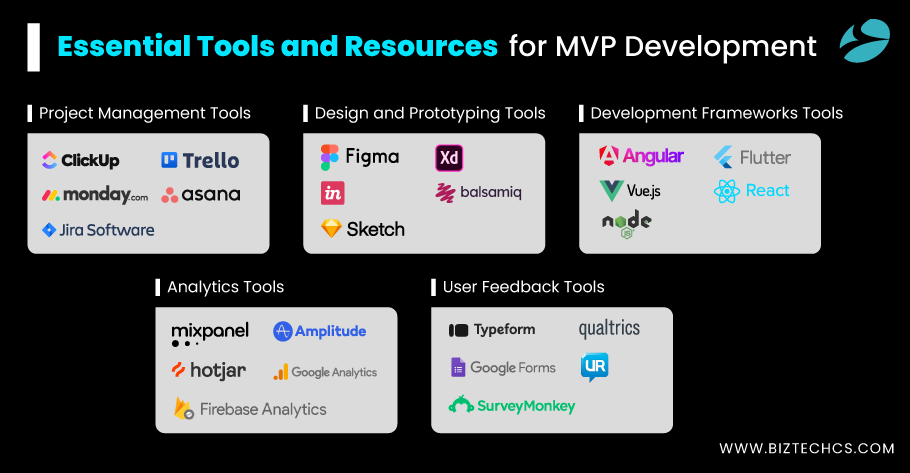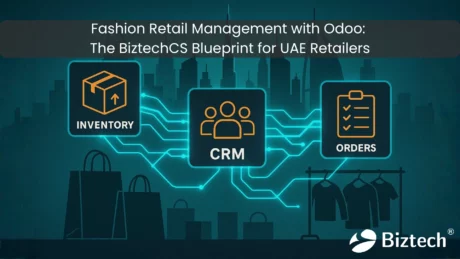2717
What It Really Takes to Build an MVP App in 2025?
02 Jun, 2025
5 min read
2717
02 Jun, 2025
5 min read
Table of Content

Nine out of ten startups don’t even make it through the first year. Not so much with bad ideas as with poor execution. And so the whole idea of building an MVP app comes into play. The idea can be given some starting points while draining the least amount of resources.
In 2025, tech is evolving at an incredibly fast pace, and users demand results faster than ever. Businesses can’t afford to build something for months that nobody wants. They need to fast-track their ideas into MVPs and start learning from users—something a reliable MVP development company can help achieve with the right approach.
According to CB Insights, 35% of startups implode because there is no market need for their product (source). This blog discusses how to build an MVP app with focus, clarity, and strategy.
With the app market bigger than ever in 2025, new apps are launched every day, but only a few survive over the long term.
Users get tired of slower finishes, messy interfaces, and interrupted experiences—the standards keep going up! Yet, competition across industries, be it fintech, health, logistics, or retail, keeps multiplying.
Companies cannot afford to spend a year building a full-fledged product without receiving feedback. Their learning should come from tests and adaptations.
Time and again, that is what makes an investment in MVP development a smart initiative and not just a trend.
The 2025 app marketplace will be more saturated than ever. New apps get launched daily, but only a few succeed in the long term. End users now expect faster performance and simpler, cleaner designs with flawless experiences, so the level keeps on rising.
At the same time, each industry is filled with competition—be it fintech, health, logistics, or retail. Businesses can no longer spend a whole year building an end-to-end product without feedback; they must test, learn, and adapt. That is why making an MVP is a sure-to-win strategy instead of just a trending activity.
Here are five key benefits of building an MVP app in this environment:
An MVP prevents failure risks by early-stage confirmation of your app concept. Instead of building the product for months only to find that there is no demand for it, you build an MVP to test your core concept with real users.
This validation can instantly tell you if your idea does not meet market needs. If it doesn’t, you will know at an early stage, when you can still afford to change it.
Developing a full product demands heavy investments of time, money, and human resources. An MVP app keeps within a tight scope and concentrates solely on critical features. By sidestepping extra development in areas that don’t matter, you can shore up your fast entry set at the lowest cost. These saved funds can then be used to build on what’s proved useful.
Speed will be everything in the year 2025. The sooner the MVP is shipped to an end user awaiting him/her to make observations on it, the sooner a competitive advantage can be gained. Early entry begins the build-up of trust from the target audience & rivalry as others will try to establish. Speed will also allow one to be able to put response to trends while they are still valid.
You might have an idea about what users want. They might even guess the need. By providing an MVP, you give yourself an opportunity to ask.
Real interaction from users results in real information about what they value most in terms of usage. These insights inform the project roadmap and maintain the focus on building what users truly need.
Investors want to invest in products that have an established need. An MVP deliverable aids in proving demand and validating your business model. The causes for contributions and support indeed would be a stronger argument if backed by real usage data and early user engagement.

Every MVP initially deals with one real, specific problem. Before a single line of code is written, you have to be able to look squarely at what people are struggling with. Talk to the users and observe how they go about their work. Take note of their frustrations and look for patterns in repeated complaints—clear signs that something needs fixing.
The problem has to be urgent; if the end-user doesn’t think it’s urgent, he or she will not adopt the app, no matter how polished the interface. This is a basic foundation for building MVP app solutions that really work.
Fixing a problem requires understanding who you’re fixing it for. You can’t build for everyone and shouldn’t attempt to. Concentrate on a targeted group that experiences the pain point the most. Learn about their behavior, expectations, and how they use similar tools.
Have some interviews or mini-surveys to find honest feedback. This step forms both your product and communications. When you know your audience, feedback is more useful. That’s how you bring an idea to MVP that actually sticks.
With the audience and problem defined, determine what the app must do. Begin with a complete list of potential features, then pare it down. Retain only what explicitly solves the core problem. Apply the MoSCoW approach to determine what remains and what is put on hold.
Don’t add anything that doesn’t address a genuine user need. Extras can be added later, but now is the time for focus. A well-defined, narrow scope assists with keeping costs and timelines in check, which is an important aspect of creating an MVP that gets the job done.
The next choice is how to make your product happen. Should it be a mobile-first solution, a browser-based app, or cross-platform? Think about speed, budget, and what your users will like. The tech stack needs to allow for rapid updates and easy scaling.
Your internal team might be ready for this, or you might need a partner. If outsourcing, choose someone who is experienced in MVP web development. The idea is to have a functioning product out quickly without overbuilding. Opting right here saves time later on.
The build phase is next—but keep it slim. Concentrate only on the features you specified previously. Clarity, not complexity, is the goal. When you have a functioning product, release it to a small user base. Observe their behavior, not only their criticism.
What they avoid using says as much as what they do use. This is a critical aspect of creating an MVP that gets better quickly. Launching is only the start of the learning cycle.
Once it launches, the actual work starts. Monitor how people use the app with real numbers. Gather feedback, but don’t do something about every suggestion. Seek out trends that indicate what must be fixed. Abandon what’s unused, and polish what does work. And then do it all over again—release, monitor, iterate. This creates mvp apps more resilient with each iteration. Creating an MVP is not a one-time activity; it’s a way for intelligent growth.

Managing a product’s lifecycle requires organization, particularly when working under tight time and budget constraints. With MVP development, it’s simple to get lost in progress if tasks are dispersed.
Project management software keeps teams on the same page, tracks deliverables, and makes sure everyone understands what they should be working on. They facilitate everything from sprint planning to tracking daily tasks.
Whether you have remote or in-house teams, these tools bring clarity to each stage of development. Your choice depends on your workflow and the amount of technical detail your team requires. They are the basis for an efficient process when you develop MVP app projects.
Tools to consider:
Your idea must be visualized before a line of code is ever written. Design and prototyping tools enable this by converting ideas into clear, interactive wireframes. They enable teams to create user flows, screen layouts, and clickable demos. They’re a must when conveying the product vision to developers or stakeholders.
They also enable feedback to be collected prior to development, which can avoid expensive rework down the road. For MVP applications, rapid, collaborative design is the solution to minimizing delays. These tools fill the gap between concept to MVP implementation.
Tools to consider:
After design is established, development starts, and the appropriate tech stack is what matters. For MVP web development or mobile applications, frameworks must enable rapid deployment and simple iterations.
Cross-platform solutions save development time by enabling code reuse. Your framework should be consistent with your audience’s device of choice, team proficiency, and product roadmap. It must also be scalable for upcoming updates.
A good framework paces and shapes the rest of the journey. This step goes a long way in how to create an MVP that adapts to user demands.
Tools to consider:
Once you go live, analytics allow you to observe what your users are doing within your app. You can track which features they use, where they’re falling off, and what holds their attention. This information tells you what to fix or cut in the next version.
Without data, all decisions are a guess. Analytics tools provide you with insight into user behavior and product performance. They are crucial in deciding the next steps for your MVP. Using these tools means you’re not building in the dark.
Tools to consider:
Analytics tell you what users do. Feedback tools give you insight into why they do it. Asking the right questions at the right time can uncover motivations, pain points, and hidden needs. These tools come in handy most particularly after launch to guide future updates. For MVPs, this feedback is crucial for creating a product that people will want. Feedback must be easy to gather and analyze. That’s where these tools assist.
Tools to consider:
One of the most popular pitfalls in developing an MVP is adding too much. Teams end up feeling pressured to stuff more features in so that they will impress users. The more you add, the more you have a chance to lose direction.
The central issue gets lost beneath things users did not request. A straightforward MVP with one strong solution will always perform better than a cluttered one with no direction.
Following the release, certain teams ignore listening to users. They go directly into updates based on guesswork. But to disregard feedback can take your product off-course in terms of actual needs.
What users communicate—and how they act—must guide your next move. Without this, even a promising MVP app will go off track.
Betting that the market will need your product is an expensive gamble. Forgoing research in the initial stage means constructing without evidence. You might fix a problem that doesn’t exist or address the wrong users. Solid research anchors your idea in reality. It’s a critical step to constructing an MVP that has a chance.
Too many teams delay launching. They continue to polish, test, and refine until it feels ideal. But by the time it’s ideal, the market might have passed you by.
MVP apps are designed to validate ideas early, not after weeks or months of internal discussions. The earlier you launch, the earlier you’ll learn.
Creating an MVP isn’t merely about coding—it’s about making smart decisions throughout. From problem definition to selecting the appropriate tech, each step has an effect on your outcome.
Missing market research, over-engineering features, or procrastinating launch can sneakily set your product off course. A targeted method allows you to go from idea to MVP with reduced risk and greater learning.
At BiztechCS, we assist you in developing MVP app solutions that are research-backed, strategic, and driven by actual user needs. Our team offers hands-on experience in creating MVPs that are ready for scale, not launch. Ultimately, creating an MVP isn’t a hack—it’s a better way to build something that lasts.
An MVP, or Minimum Viable Product, is a minimum variant of a mobile application with the most critical functions only. It allows you to validate your concept with real people before investing time and money into complete development.
It typically takes 6 to 12 weeks to create an MVP, depending on features and team size. The duration may vary depending on how clear the idea is and how fast decisions are being made.
A prototype is a visual or clickable mockup that is used to demonstrate how the app could work. An MVP is a functional product with fewer features that users can actually use and experiment with.
No, MVP in mobile app development is not a design pattern. It is a product strategy employed to test an idea with minimal effort and receive user feedback early.

Artificial Intelligence (AI)
13
By Afzal Qureshi
05 Dec, 2025

Artificial Intelligence (AI)
40
By Afzal Qureshi
04 Dec, 2025

Odoo
427
By Uttam Jain
03 Dec, 2025